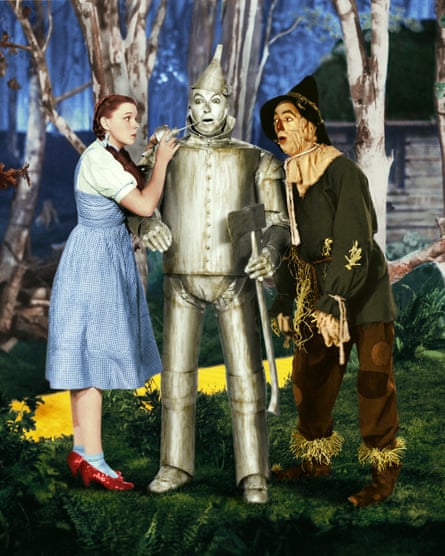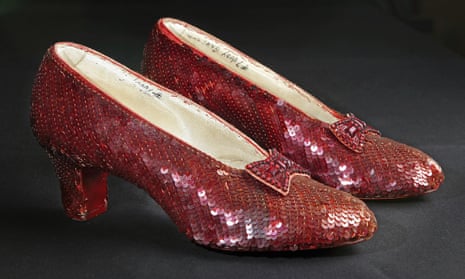The Smithsonian’s National Museum of Natural History has asked the public to help save the ruby slippers that whisked Dorothy back to Kansas at the end of the film The Wizard of Oz.
The museum has launched a Kickstarter campaign to raise $300,000 (£250,000) for the project. The slippers, worn by Judy Garland in the film have, for more than 30 years, been one of the beloved items at the museum. They were crafted almost 80 years ago by the MGM Studios prop department.
They were not built to last; the frayed shoes now are not ruby-coloured but a dull auburn. As well as restoring the shoes’ colour, the funds will go towards a technologically advanced display case to help with their preservation.

The Smithsonian museums are federally funded, but the institution frequently solicits private and corporate contributions for big projects not covered by the budget. This is the Smithsonian’s second Kickstarter campaign. In 2015 the National Air and Space Museum raised $700,000 through the crowd-funding site to preserve Neil Armstrong’s moon-walk spacesuit.
Melinda Machado, a museum spokeswoman, said preserving the shoes would be quite complicated. They were made from a dozen materials. Their gelatin-based sequins were a relic from the infancy of plastic; they also had glass beads, and red felt on the soles used to muffle their sound as Garland danced.
“We’re going to have to do a lot of scientific research to come up with a treatment plan that is compatible with all of the different materials,” Machado said.
The shoes have been nearly always on display since being donated to the museum in 1979.

Comments (…)
Sign in or create your Guardian account to join the discussion